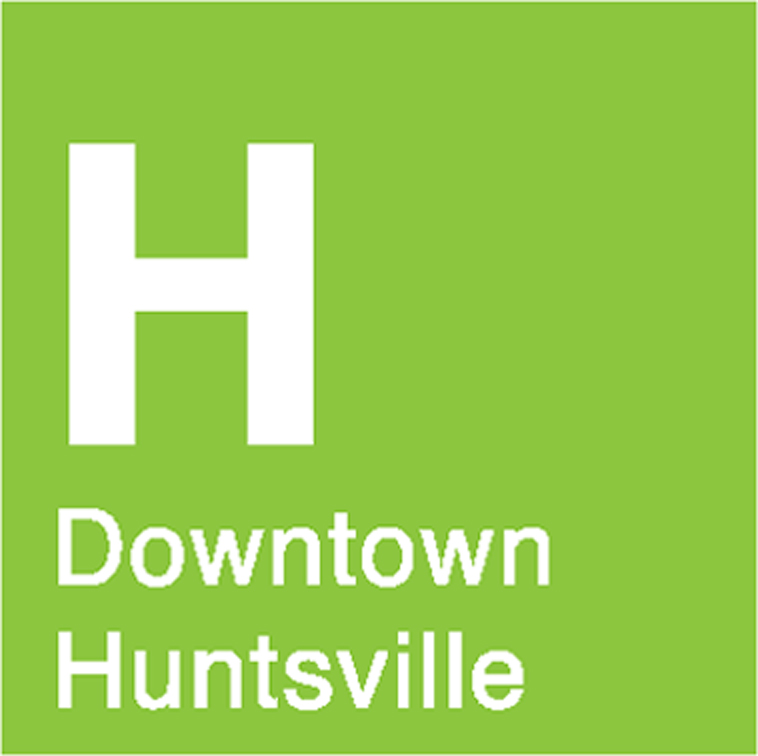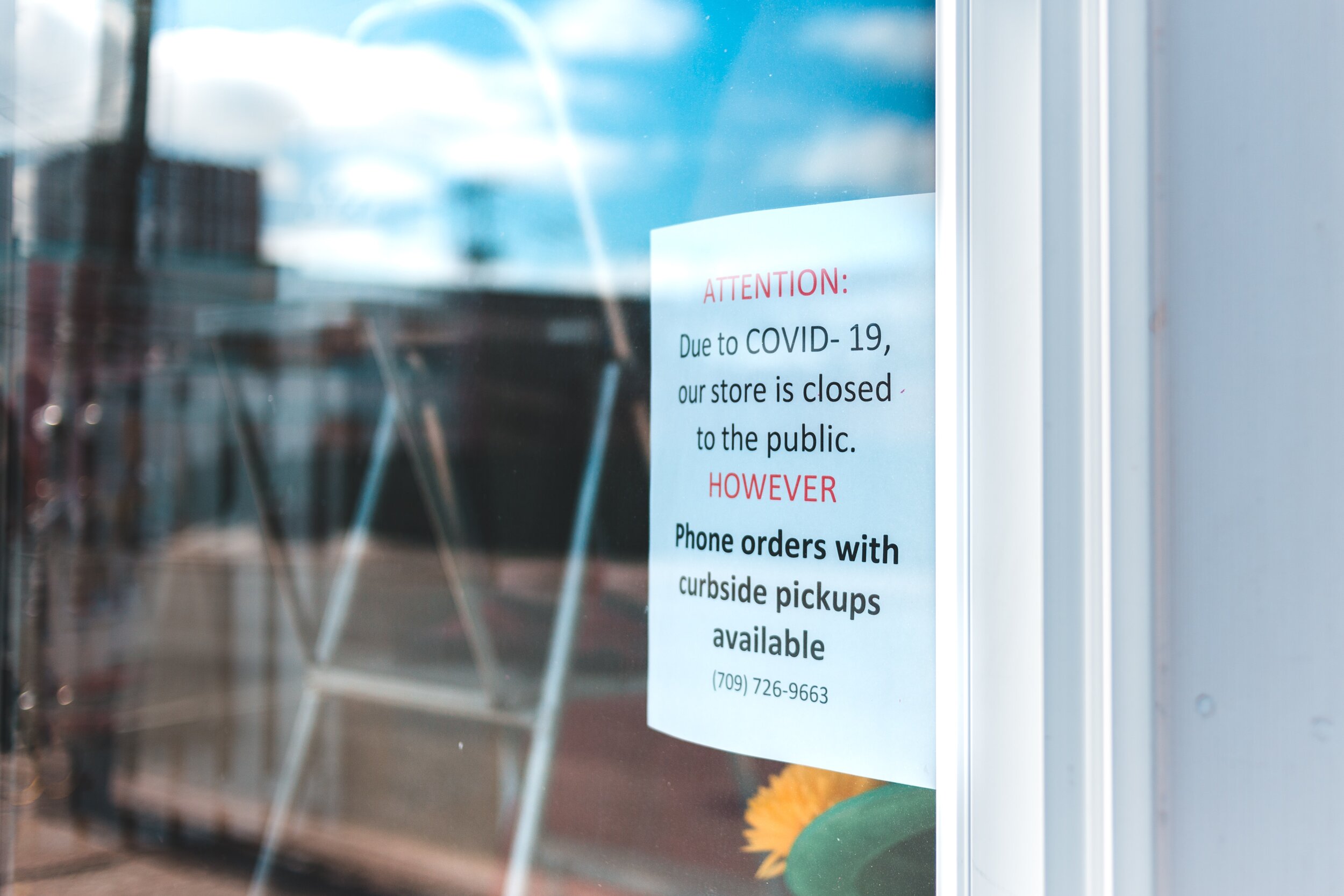A Guest Blog Post by William Stroud, Triad Properties
You had a dream to open a restaurant in Downtown Huntsville. You and your business partner developed an outstanding concept. Your banker reviewed your business plan which your CPA helped you prepare. The financial projections were detailed, conservative, and they included significant assumptions for which you included contingency reserves. Your banker approved your loan request, you leased space, the interior construction of your new business was completed just the way you wanted it. Finally, the grand opening was overwhelming. The line went around the block. Now a year later, February 1, 2020, and you and your partner look back over the past year and both of you are proud of what you have accomplished and you have every reason to be excited for the future.
Until a few weeks pass by…..
Nobody had a coronavirus contingency in their business plan. The execution of your business plan was going great, but now your customers can’t dine inside-they have to stand outside for curbside delivery, and they have to stand six feet apart, your revenues are dropping, the windowed enveloped keep coming, you don’t know how you can pay my employees, much less the rent or utilities. You ask…Should I close? How can I stay open? What should I do?
Sound familiar? Because of the profound economic impact of the Coronavirus, small and large business across the country are now confronting significant and unique challenges during uncertain and stressful times. Successful navigation of these challenges will require thoughtful and comprehensive planning.
Congress recognized the pandemic was wreaking havoc on small business, industries and financial markets. In response, a Congress passed bi-partisan bill to assist businesses during this time. The Coronavirus Aid, Relief, and Economic Security Act (CARES) is expected to infuse approximately $2.2 trillion into the U.S. economy. The Act addresses a multitude of ways in which the federal government seeks to support businesses and employees impacted by the pandemic and affected by COVID-19 crisis.
One major form of support for small businesses is the Paycheck Protection Program which authorizes up to $349 billion in government-backed loans to small businesses. Under certain circumstances, these loans may be forgiven. The purpose of these loans is to help you pay certain expenses, pay your, payroll, your rent and utilities so that you can retain your employees and keep your business open.
Highlights:
Loan Amount: Subject to a $10 million cap, you may borrow up to 125% of two months of your average monthly payroll costs from the last year.
Interest Rate: .50% fixed.
Personal guarantee: None.
Do I have to pledge collateral? No.
When do I have to start paying my loan back? All payments are deferred for six months.
If I want my loan forgiven, what expenses can I pay? Payroll expenses, employee benefits, health insurance premiums, rent, interest on certain mortgages, and utilities.
How much will be forgiven? The loan will be forgiven if you used it for the specified expenditures, if your fulltime headcount did not decrease, and if you did not decrease any employee’s salary more than 25%.
NOTE: These are some, but not all, of the Paycheck Protection Program provisions. The loans are administered through the Small Business Association (SBA) but they are applied for and funded at your local bank. So please call your banker for more details. You may find additional information at the following links:
https://home.treasury.gov/system/files/136/PPP%20--%20Overview.pdf
https://home.treasury.gov/system/files/136/PPP--Fact-Sheet.pdf
https://www.sba.gov/page/coronavirus-covid-19-small-business-guidance-loan-resources


